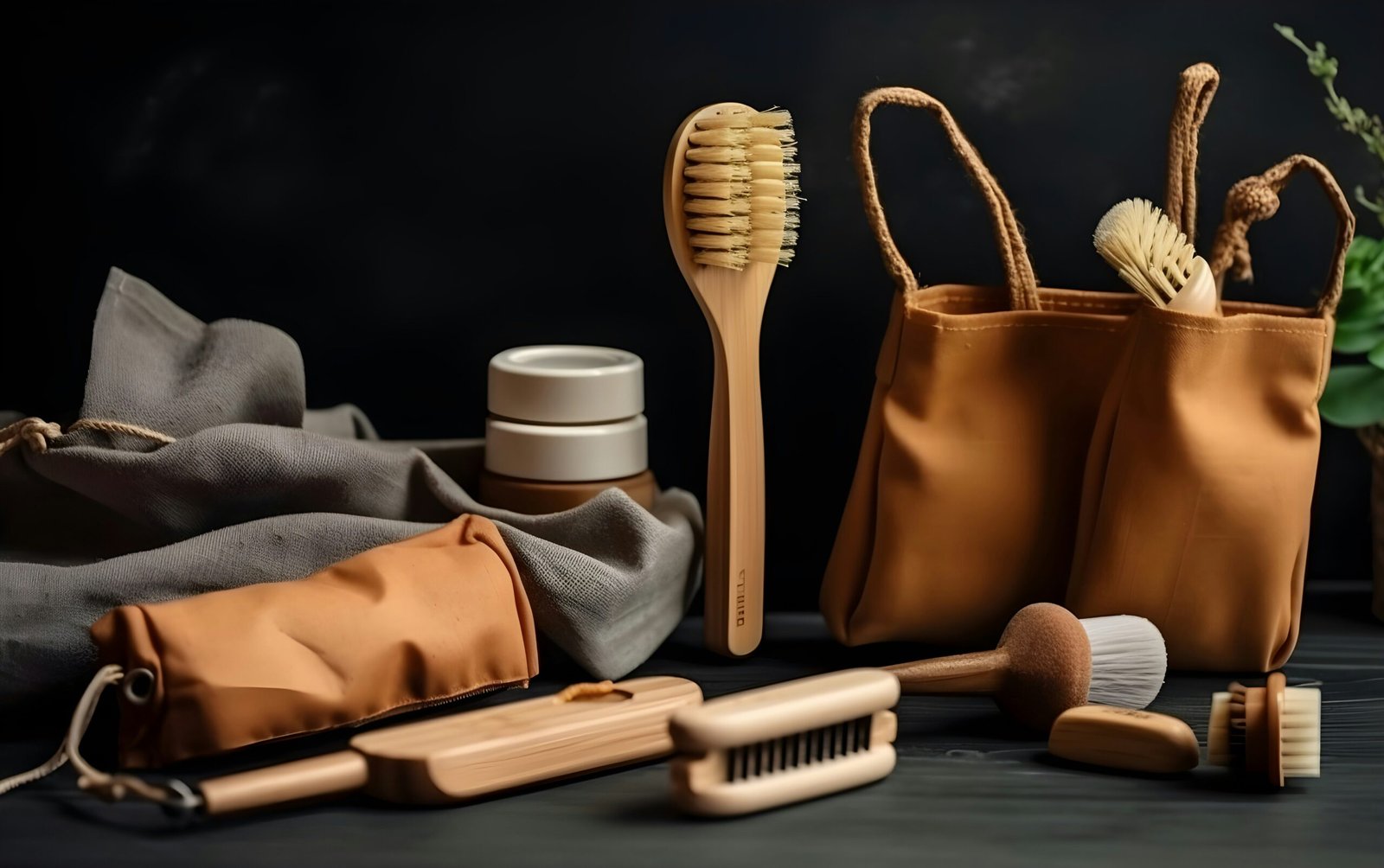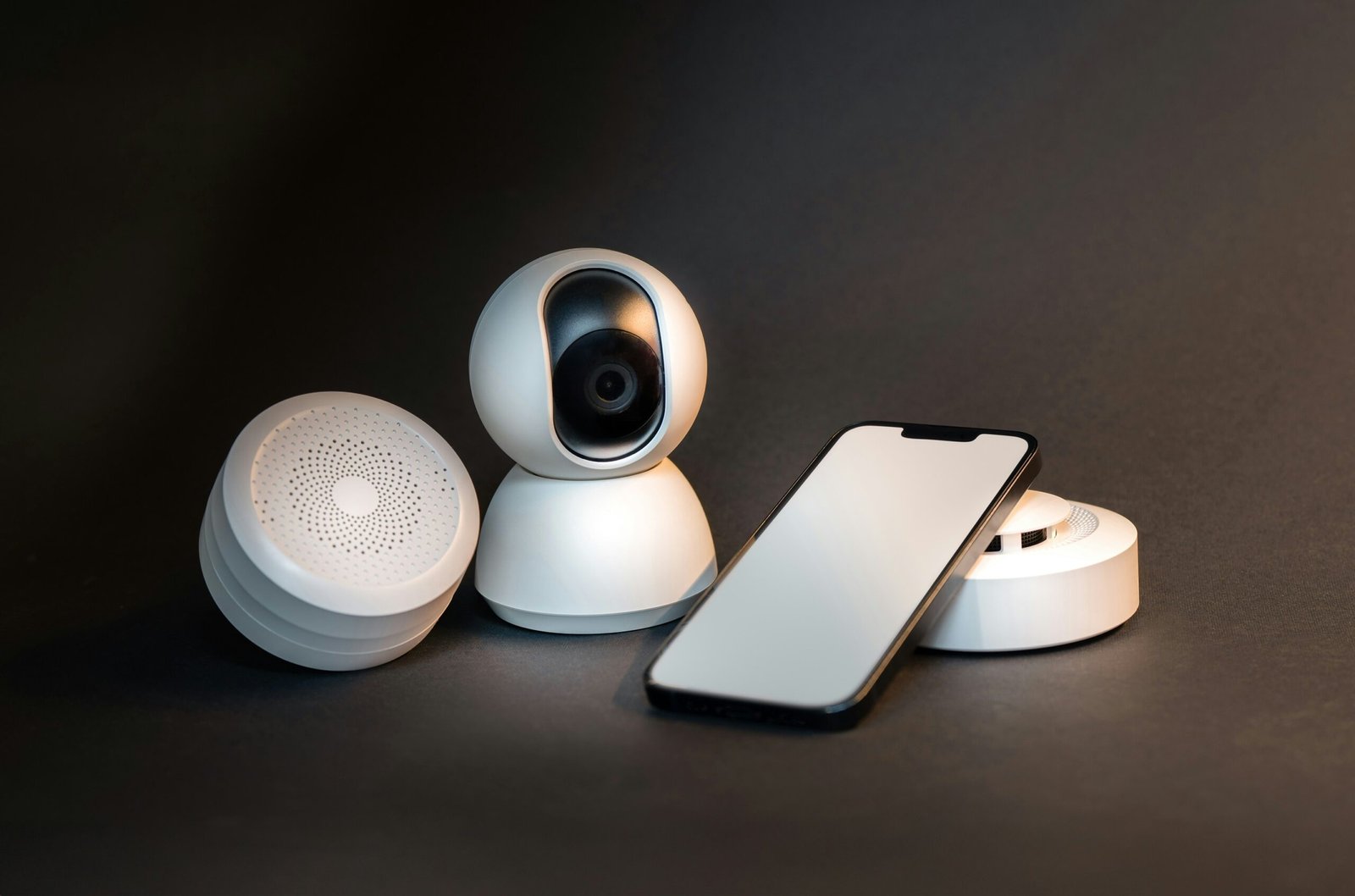Introduction
Lifestyle products have always reflected cultural shifts, technological advancements, and evolving tastes. In the USA, the contrast between classic designs and modern innovations has created a rich marketplace where nostalgia and progress coexist. Whether it’s furniture, apparel, home décor, or personal accessories, certain products stand the test of time, while others embrace contemporary flair. This article explores how both classic and modern lifestyle products maintain their relevance, how they cater to diverse consumer preferences, and why they continue to shape living spaces, wardrobes, and daily routines.
The Allure of Classic Lifestyle Products
Classic products embody tradition, craftsmanship, and timeless aesthetics. They are often associated with durability, heritage, and a sense of identity that transcends passing trends.
1. Quality and Craftsmanship
Many classic products are known for their meticulous craftsmanship. For instance, solid wood furniture, vintage leather accessories, and heritage watches reflect an attention to detail that modern mass production sometimes overlooks. These items often have a hand-crafted appeal, showcasing artistry that makes them feel unique.

2. Emotional Connection
Classic lifestyle products often evoke a sense of nostalgia. Whether it’s a mid-century armchair, a traditional cast-iron skillet, or a vintage-style bicycle, these items carry stories of past eras. For many, incorporating such products into daily life means preserving a connection to history while enjoying enduring quality.
3. Timeless Aesthetics
Classic styles rarely go out of fashion. Neutral tones, natural materials, and clean lines remain staples in American homes and wardrobes. For example, a Chesterfield sofa or a tailored trench coat continues to look relevant, even as trends evolve.
The Appeal of Modern Lifestyle Products
Modern products thrive on innovation, technology, and versatility. They cater to fast-paced lifestyles and often integrate features that enhance convenience and functionality.
1. Technology Integration

Today’s lifestyle products often come with smart capabilities. From voice-controlled lighting systems to self-cleaning kitchen appliances, modern innovations bring a sense of ease to everyday living. These advancements also align with sustainability by improving energy efficiency and reducing waste.
2. Minimalist and Functional Design
Modern aesthetics often embrace minimalism—clean lines, lightweight materials, and a focus on space-saving solutions. Items such as modular sofas, compact coffee machines, and multi-purpose gadgets fit seamlessly into smaller living spaces, a growing trend in urban areas across the USA.
3. Customization and Personalization
Modern products often offer more flexibility in design and function. Home décor items, fashion accessories, and even tech gadgets can be customized to reflect individual personalities. This personalization resonates with contemporary consumers who value uniqueness and creative expression.
Comparing Classic and Modern Across Key Categories
1. Home Décor
-
Classic Touch: Hardwood dining tables, antique mirrors, and traditional rugs provide warmth and elegance. These items often serve as focal points and create a sense of permanence in living spaces.
-
Modern Twist: Sleek glass coffee tables, geometric lighting fixtures, and minimalist shelving bring a sense of openness and sophistication. Many modern pieces are designed to blend form and function while maintaining a clutter-free aesthetic.
2. Fashion & Personal Accessories

-
Classic Influence: Leather handbags, tailored blazers, and pearl jewelry symbolize timeless fashion. These items can seamlessly transition between formal and casual settings, making them enduring wardrobe staples.
-
Modern Appeal: Gender-neutral clothing, performance fabrics, and sustainable fashion reflect today’s values. Features like wrinkle resistance and moisture-wicking fabrics appeal to those who prioritize functionality without sacrificing style.
3. Kitchen & Dining
-
Classic Options: Cast-iron cookware, ceramic dinnerware, and vintage tea sets offer both utility and charm. These items are cherished for their durability and ability to improve with age.
-
Modern Innovations: Air fryers, induction cooktops, and ergonomic utensils align with the demand for efficiency. Many modern kitchen tools focus on healthier cooking methods and space-saving designs.
4. Outdoor & Leisure
-
Classic Choices: Wooden picnic tables, leather-bound journals, and traditional bicycles carry a nostalgic appeal. They are perfect for creating simple, memorable experiences.
-
Modern Upgrades: Foldable chairs with built-in coolers, waterproof smartwatches, and portable solar panels showcase how technology enhances outdoor adventures while maintaining style and convenience.
Why Both Styles Remain Popular in the USA
The USA market thrives on diversity, and lifestyle products are no exception. Several factors contribute to the ongoing demand for both classic and modern designs.
-
Generational Preferences
-
Older generations often value classic products for their quality and emotional connection.
-
Younger generations appreciate modern products for their practicality and tech-driven features
-
-
Hybrid Living Spaces
Many Americans combine classic and modern elements, creating eclectic interiors that feel both familiar and fresh. A vintage writing desk paired with a minimalist LED lamp exemplifies this blend.
-
Sustainability and Longevity
Classic items are often built to last, reducing the need for frequent replacements. Modern products, on the other hand, may incorporate eco-friendly materials and energy-efficient technology—appealing to environmentally conscious consumers.
The Role of Sustainability
Sustainability has become a defining factor in product design, influencing both classic and modern approaches.
-
Classic Sustainability: Timeless products are often made with natural materials and built to endure, minimizing waste. Restoring vintage furniture or repurposing heirloom pieces aligns with sustainable living.
-
Modern Sustainability: Many contemporary brands prioritize recyclable materials, low-impact manufacturing, and energy-saving technology. From bamboo homeware to biodegradable fashion items, innovation meets environmental responsibility.
Balancing Classic and Modern in Everyday Life
Creating a lifestyle that blends classic and modern products allows for a personalized and versatile approach. Here are a few ways to integrate both styles:
-
Layered Aesthetics
Combine a traditional Persian rug with modern furniture to create visual depth in living areas. -
Functional Pairing
Use classic cookware like cast iron for slow-cooked recipes, while relying on modern gadgets like induction stoves for quick meals. -
Personal Expression
Mix a timeless leather jacket with smart sneakers or eco-friendly accessories for a balanced wardrobe.
The Future of Lifestyle Products
The future lies in merging heritage and innovation. Expect to see:
-
Retro-Inspired Technology: Smart devices with vintage aesthetics.
-
Sustainable Classics: Traditional designs updated with eco-friendly materials.
-
Personalized Modernism: On-demand production of items tailored to individual preferences.
These trends indicate that neither classic nor modern styles will fade; instead, they will continue to evolve and coexist, shaping the way Americans live, decorate, and express themselves.
Conclusion
The debate between classic and modern lifestyle products is less about choosing one over the other and more about how they complement each other. Classic items carry history, charm, and timelessness, while modern products deliver innovation, convenience, and adaptability. Together, they represent the best of both worlds—ensuring that lifestyle products never truly fade, but instead, evolve to reflect changing times and enduring values.